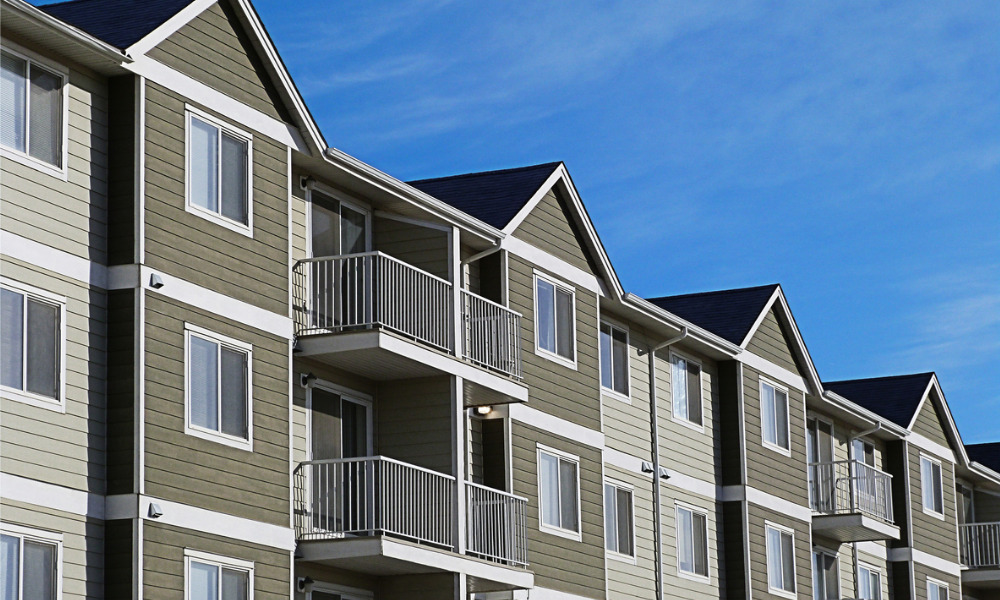Typical low-density places make an appearance

With the supply of inventory at an all-time low in 2020, the recent uptick in multi-family construction is a promising sign for the future of the housing market, but which cities should residents be flocking to?
In 2021, the total number of multi-family units authorized jumped from 491,700 to 621,700, which brought the share of multi-family units authorized from 33.4% to 35.8%. More residents returned to the office, which sparked a market for closer homes with proximity to social attractions such as restaurants, venues and other amenities.
However, not every state was convinced with their appeal. Multi-family permits slipped in 10 states, led by Connecticut with a 42% decline in authorizations from 2020 to 2021.
Read next: Is a multifamily bubble on the horizon?
It’s no surprise that multi-family housing is most common in the Northeast, with Pennsylvania seeing a whopping 195% growth, but data from the US Census Bureau revealed other low-density places like New Mexico and Kentucky surprised by also featuring high on the list.
Below are the top cities with the largest percentage change in multi-family units authorized:
- Louisville, KY - 1,506.9%
- Philadelphia, PA - 406.3%
- Dallas, TX - 250.6%
- Aurora, CO - 214.2%
- Anaheim, CA - 129.8%
- Milwaukee, WI - 125.6%
- Raleigh, NC - 121.5%
- Denver, CO - 117.1%
- Seattle, WA - 113.8%
- Portland, OR - 113.7%
- Wichita, KS - 111.5%
- Fort Worth, TX - 90.1%
- Miami, FL - 75.7%
- Arlington, TX - 73.1%
- Oakland, CA - 69.0%



